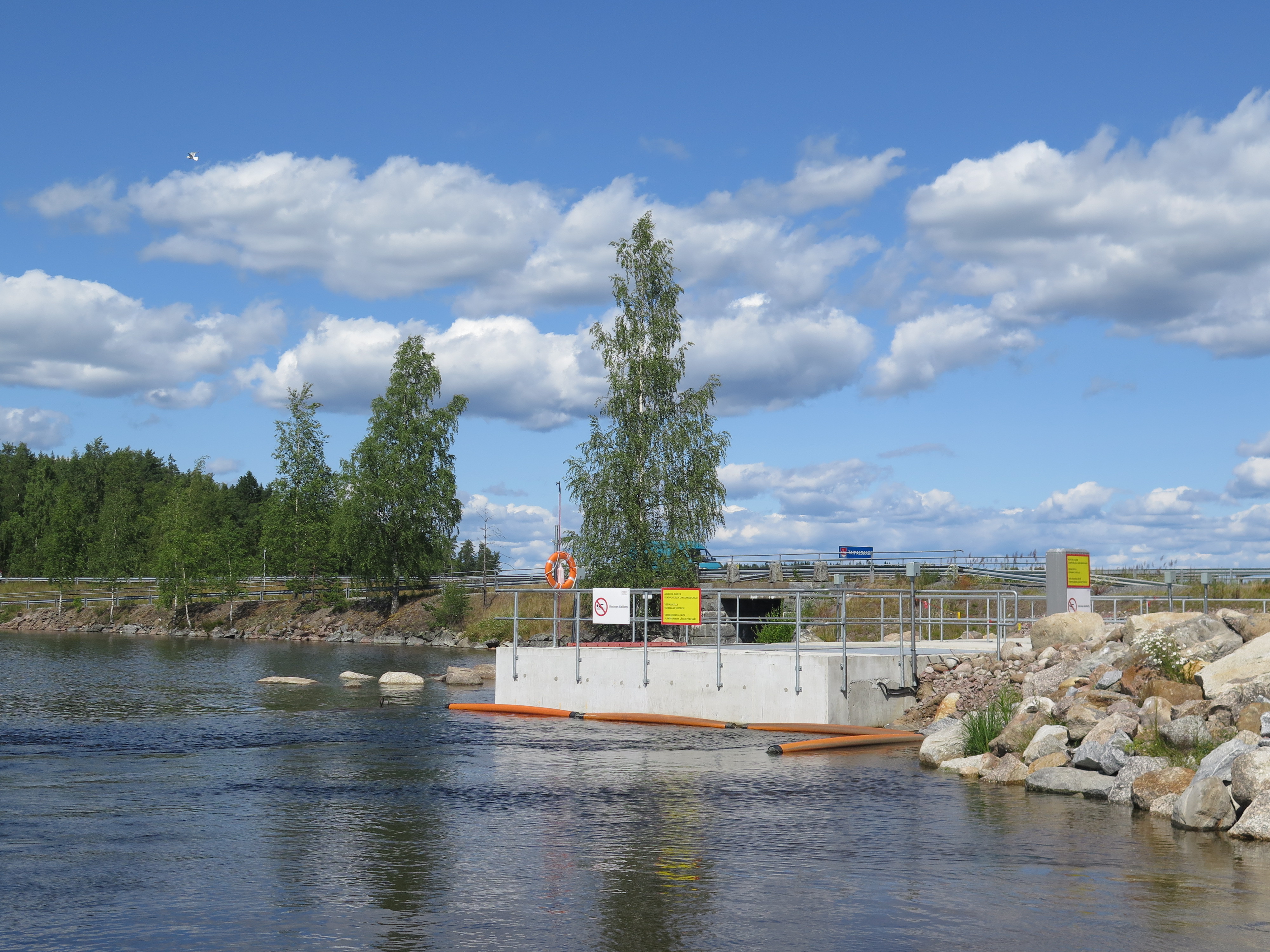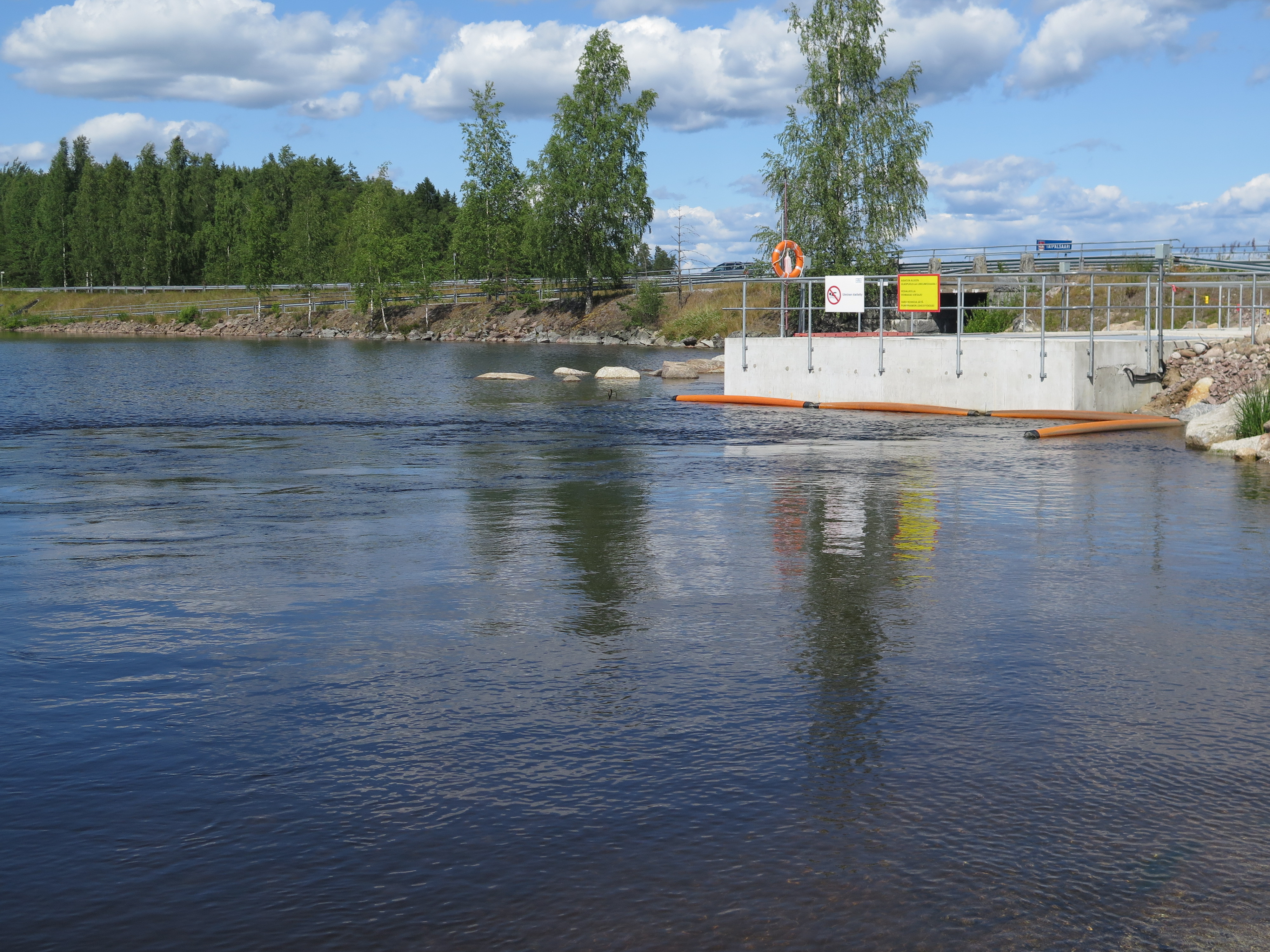Innovation from Lappeenranta accelerates the improvement of the water quality of Pien-Saimaa
The water quality of the Pien-Saimaa water body has significantly deteriorated over the last few decades. The adverse effects include cloudiness of the water, slimy fish nets and, occasionally, large algae blooms. Intense blooms of blue-green algae that continued long into the spring seasons in 2008 and 2009, acted as a warning sign to the people of Lappeenranta, the city of Lappeenranta and the municipality of Taipalsaari to start taking action to improve the water quality of the Pien-Saimaa water bodies. What finally triggered them into action was the emergence of toxic blue-green algae in the city’s pumping station water source, for the water supply system.
The energy-efficiency of the pump is 75% better compared to that of its competitors.
Lappeenranta University of Technology (LUT) has participated actively in finding ways to improve the water quality of the Pien-Saimaa water bodies. The main problem is the long residence time of water in Pien-Saimaa – five years on average. In the Pien 3D project, LUT modelled the flow conditions, with one of the ideas being to pump more water from the Suur-Saimaa water bodies. The pumping of water from Suur-Saimaa has not progressed yet, but the decision was made to build a pumping station in Kivisalmi. The purpose of the pumping station is to prevent the eutrophication of the waters by increasing the flow of water in and out of Pien-Saimaa, west of Taipalsaarentie.
The world is full of all kinds of pumps, but one that would meet the pumping needs of Pien-Saimaa had not yeat appeared on any of the markets. The only one available was a Dutch pump, used to raise water in the dams and canals in the Netherlands, but it was not really designed for transmitting water. However, LUT had the knowledge and expertise required to research how to build a far more powerful and energy, money and environment-saving pump.
As the result, an entirely new product and solution was introduced for use at the Kivisalmi pumping station. Why? The city of Lappeenranta is committed to ambitious climate targets, offering an excellent operating environment for green energy and environmental technology companies by, for example, acting as a piloting platform for the companies’ new solutions. This was a key deciding factor. The decision was also made easier by the fact that the the total life cycle costs of the pump were emphasised in the competitive tendering instead of the purchase price. Based on the total life cycle costs, the Dutch-made pump would have been significantly more expensive than the "LUT professors’ pump" that was still a work in progress. This is how we ended up selecting a pump supplied by Waterpumps WP Oy, which is 90% domestically produced.
The special features of this pump include the fact that it is four times more efficient than commercial pumps. This unique pump is designed by Juha Pyrhönen and Jaakko Larjola from the Lappeenranta University of Technology. Its permanent magnet motor was manufactured by Axco-Motors Oy in Lappeenranta. The pumping is powered by wind, the same as it it is traditionally done in the Netherlands. This way, additional GHG emissions are not generated through the pumping.
As the result of the City’s bravery, the company can now add the Kivisalmi pumping station to its references. Hopefully in the future this innovation from Lappeenranta will be used to purify contaminated pools of stagnant water all around the world.


